Exploring the Relationship Between Culture and the Employee Experience
I recently worked for a Fortune 500 consumer goods company with a very particular culture. In the U.S., anyway, the moment you stepped into the headquarters building, everyone said hello to you and smiled. And I mean everyone, from the front desk receptionist to an executive who just happened to be strolling by. It was the most welcoming environment I’d ever had the pleasure of visiting, and it made me feel warm and valued.
Culture is all about feeling, and that I walked in with a positive attitude about the organization and excited to be there was not an accident. At some point, the company made a strategic decision to take actions that would engender these feelings in me – as well as every other employee, partner or customer. The comfortable yet casual physical surroundings were designed to feel like home; snacks and drinks were offered right away to promote a sense of hospitality, and leadership had communicated the message that “no one is a stranger here.”
Of course, just because it had a feel-good culture didn’t mean the company wasn’t out to make money. The people I encountered might have been friendly, but they meant business. In addition to “no one is a stranger here,” I also received the message “we are all here to do our best work.” My department’s level of innovation was significant, and its expectations of its employees and partners were high. We would work hard, and on occasion would sacrifice our personal time for longer project hours, but it didn’t bother us because we knew we were appreciated.
Experience: The Secret Ingredient for a Culture That’s the Envy of All
This company’s culture was successfully able to balance productivity and engagement, and this was due in large part to the experience it aimed to create for everyone who entered the building. Before I visited for the first time, I received messages about the organization’s mission, vision, and top-level goals, as well as the role I was to play. I was encouraged to think about how I could best contribute as a partner consultant, and to lay out the outcomes that would make my first project a win. I was also introduced to my teammates early so we could begin building rapport and developing processes to foster collaboration.
These mini experiences came together the moment I arrived onsite and was fully enveloped in the collegial culture. I knew where I was going, what I was doing, and why it mattered. And most importantly, I felt so energized I was immediately hooked. For the next several years, I had no intention of working for any of this organization’s competitors.
The Interplay of Culture and Experience: Learn from the Pros
Rival, formerly SilkRoad Technology recently presented a webinar with best practices on mapping workplace culture to the employee experience. We discussed the role culture plays in employee experience development (and vice versa), and the aspects of both that promote better business outcomes, from three executives on the front lines.



















